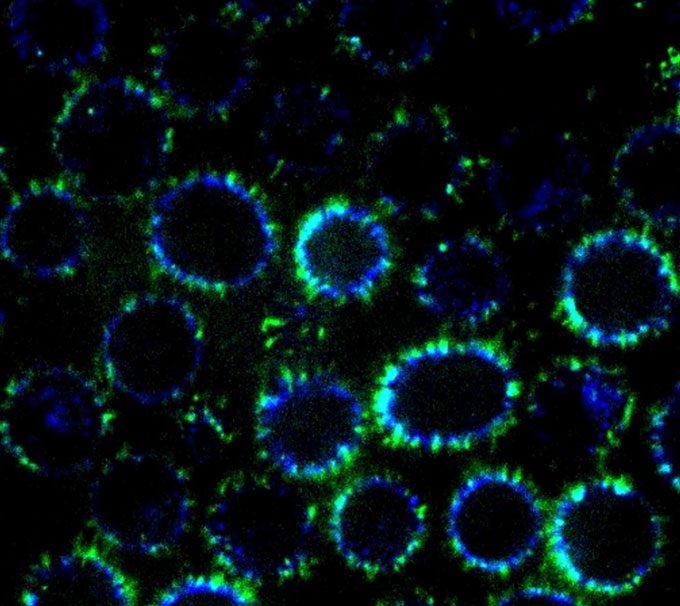Researchers Create Leak-Proof, Unclogged Nanotubes for Future Drug Delivery.
A research team at the Whiting School of Engineering at Johns Hopkins University has developed leak-proof nanotubes using DNA strands. The diameter of each nanotube is approximately 7 nanometers – about 1/2,000,000 the size of an ant – and is equivalent in length to a dust particle. This new research was published in the journal Science Advances on September 7.

Leak-proof nanotubes. (Photo: Johns Hopkins University)
By combining these nanotubes, the team of scientists was able to develop a large network and connect them with various microscopic biological structures (structures within living organisms) to perform different tasks, such as transporting biomolecules.
“This tiny tube system can help analyze individual molecules, which in turn can help us create better drugs or enzymes, separate toxins, and even develop better batteries by designing conduits for ions to pass through instead of using porous materials,” explained Rebecca Schulman, an associate professor at Johns Hopkins University and a member of the research team.
The research team asserts that the new type of nanotube does not leak through the tube walls and does not clog despite its extremely small diameter. Scientist Yi Li, a member of the research team, conducted an interesting experiment to test the leak-proof nature of the nanotubes. He filled a tube with fluorescent liquid, sealed one end, and then observed the shape change of the tube as the liquid moved inside.
The results showed that no leakage occurred during the experiment. Furthermore, the new DNA-based nanotubes are also capable of self-repair and self-assembly, the research team noted.
These nanotubes have potential applications in drug delivery. They can be used to direct the flow of molecules or ions between cells in tissues. Such applications are crucial for the development of lab-grown tissues. However, before nanotubes can be widely used, further research, animal studies, and clinical trials need to be conducted.
Schulman mentioned that the team has only studied leakage with one type of molecule – a fluorescent dye. They will need to repeat this method with other molecules to learn more about which types can be easily transported or collected. The team of experts also believes that if they want to transport something smaller, such as “ions,” they will need to fabricate a coating for the nanotubes.


















































